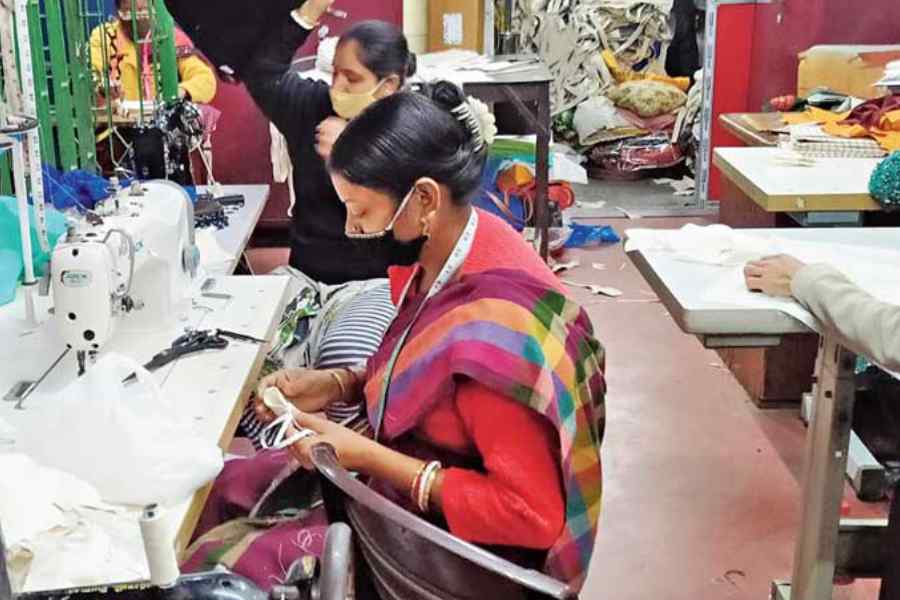Finance should have a complementary relationship with individual autonomy. But independence appears to be steeply priced for 99.5% of Indian women. A survey has shown that even an annual income of Rs 10 lakh (only 15% of Indians earn this) is not enough for women to make independent financial decisions. Only women over 45 years or those who earn over Rs 40 lakh annually make decisions about their hard-earned money. The income threshold stands out because it represents 0.5% of the population. The inability to make independent economic decisions also has a cascading effect: it leads to fewer women making investments to grow their wealth, increasing the gender wealth gap. The data are worrying for several other reasons. Independent decision-making on financial matters has a significant impact on such indices as health and literacy. For instance, a study conducted by the University of Utah found that across India economic independence and the ability to make their own choices among women reduced the incidences of maternal mortality and malnourishment among children.
Although women’s participation in the labour force, which had dropped sharply during and after the pandemic, has shown an increase in the recent Periodic Labour Force Survey — it rose to 37% in 2022-23 — historically, such a rise is common during times of financial stress as women step out to augment their household incomes. The money they earn though is seldom used for themselves; it is even rarer for them to make decisions regarding this money. Moreover, the spike has mostly been in the informal sector where women work under difficult conditions for paltry wages and enjoy little or no social welfare benefits. This is not only widening the income gap among Indian women but also robbing a majority of them of financial independence. There is also the matter of unpaid domestic labour, which is not factored into women’s incomes even though it contributes, according to some estimates, a substantial 7.5% to India’s gross domestic product. Two disheartening inferences can be drawn from these cumulative data. First, women work both at home and outside without reaping substantial benefits that should accrue from their labour. Second, employment does not necessarily guarantee Indian women the attendant freedom over their finances.










